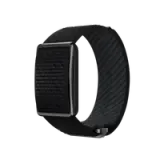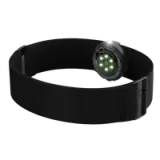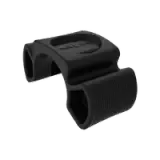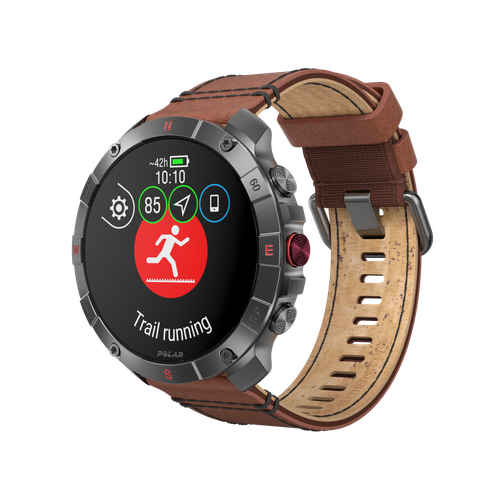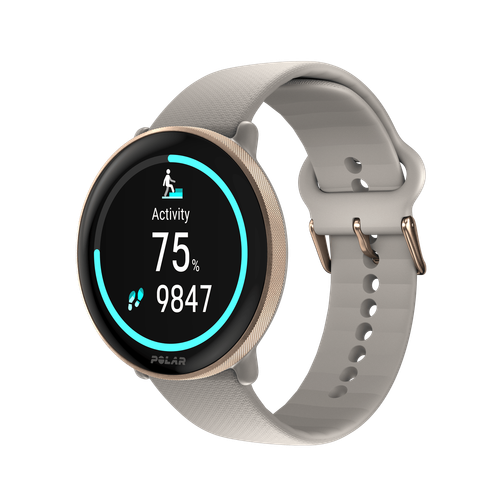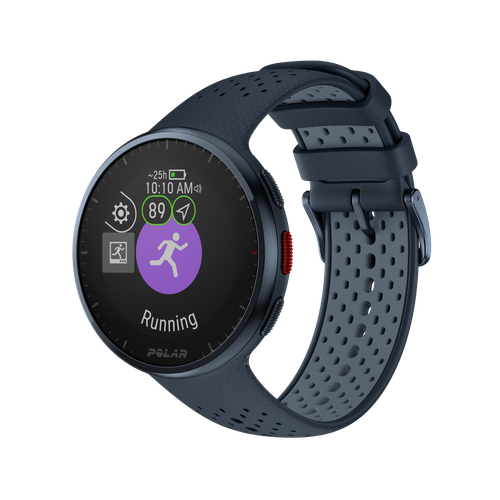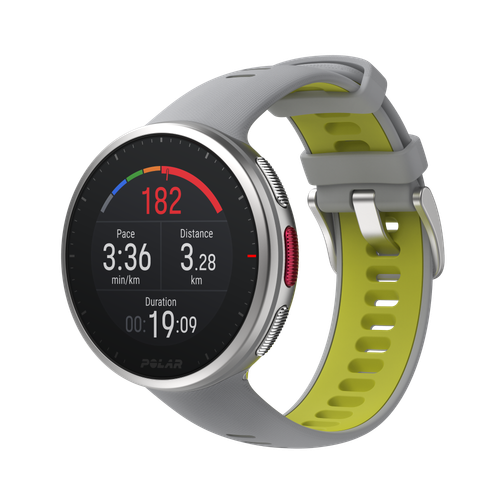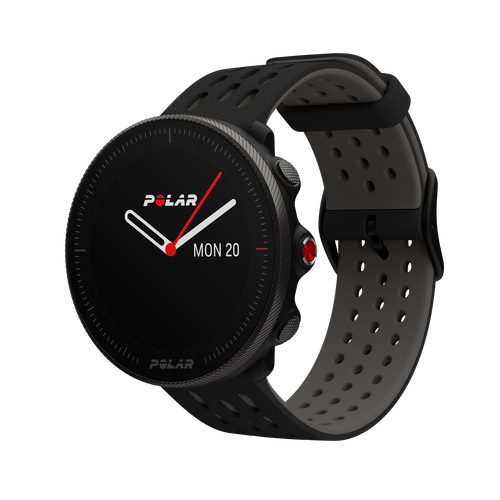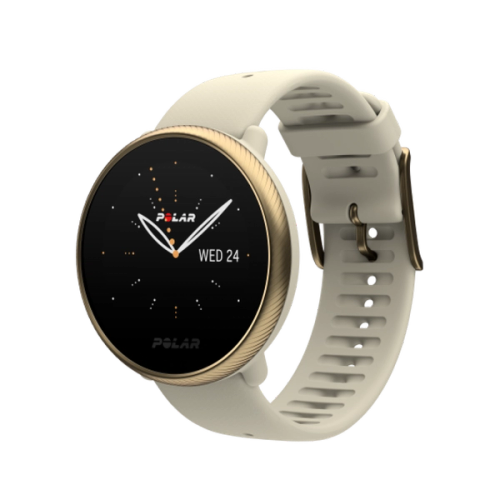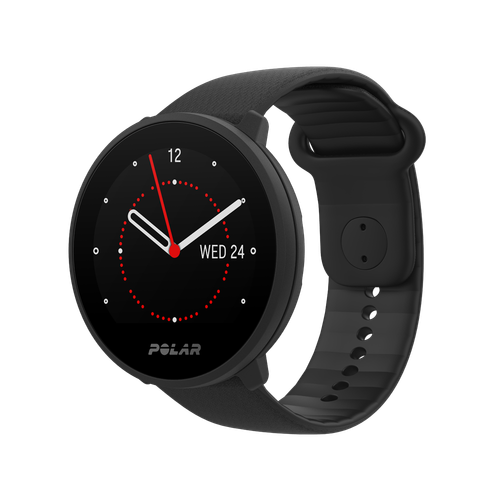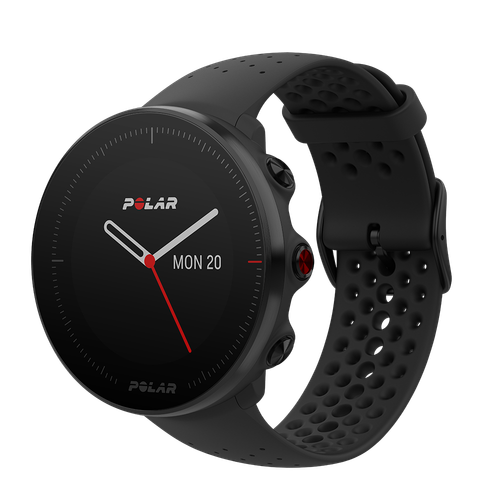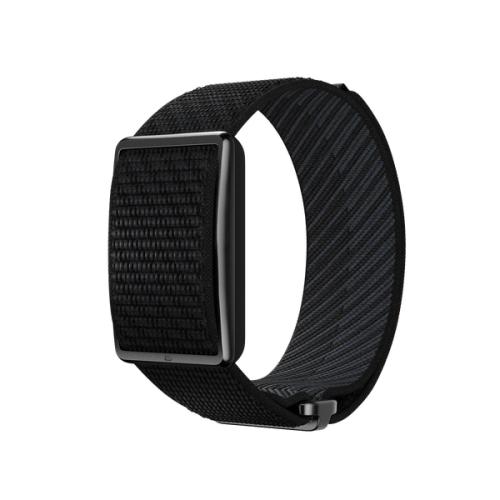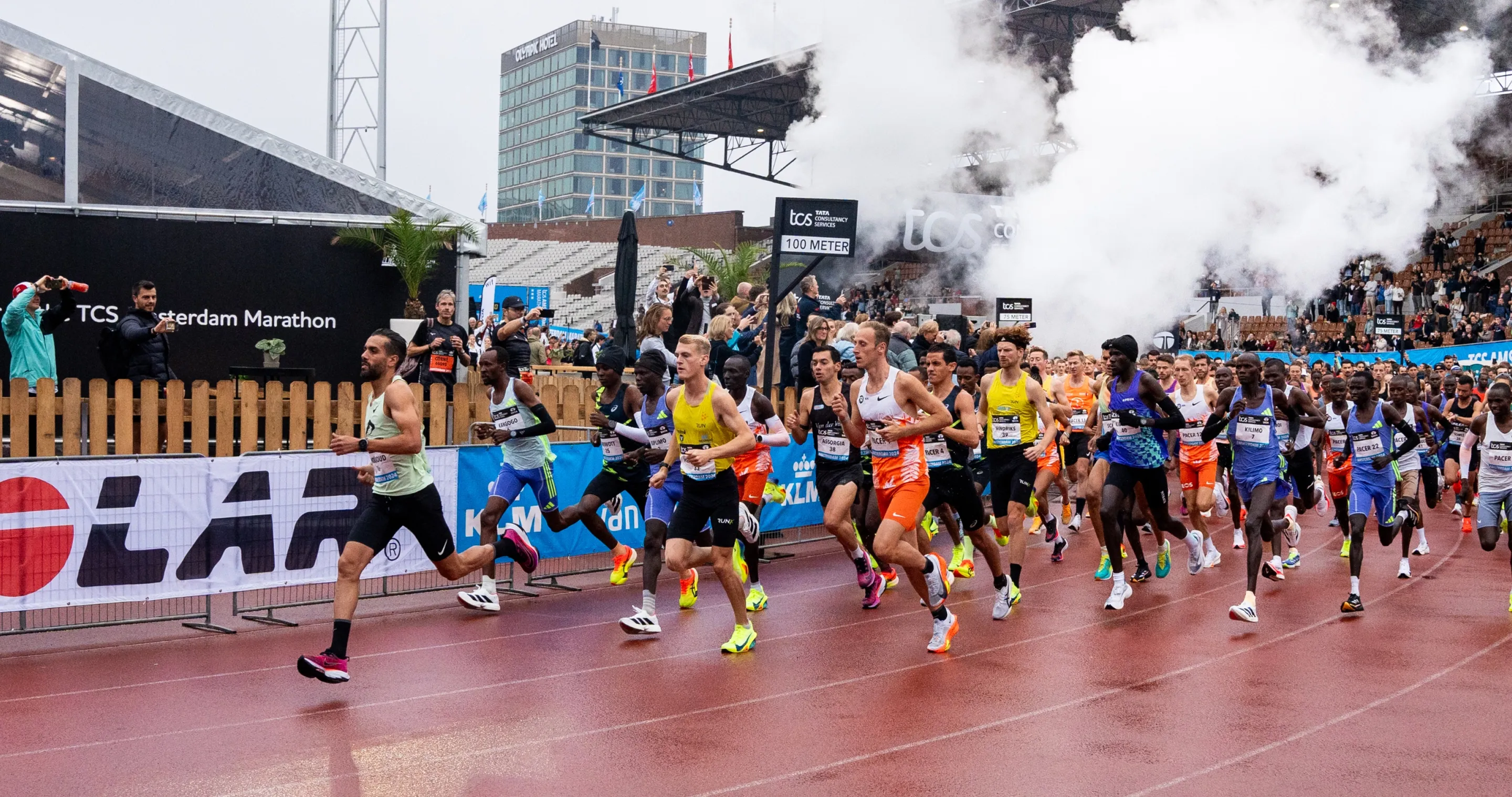Think of Boston, the marathon’s spiritual home, where for many crossing the finish line represents the culmination of years of training. In New York, the marathon reflects the city’s character—tough, diverse, and surprisingly emotional. Chicago and Berlin have etched their names into running history as record-breaking battlegrounds, their pancake-flat streets practically daring elite athletes to redefine human limits. Meanwhile, Valencia—the ambitious newcomer— tempts runners with its perfect weather and the promise of speed and personal bests.
For over a century, Amsterdam's cobblestone streets and iconic canals have also witnessed marathon history. On August 5, 1928, the recently inaugurated Olympic Stadium buzzed with anticipation. Sixty-nine athletes from 23 nations stood at the starting line, ready to race through the streets of Amsterdam, each hoping to etch their name into Olympic history. After a few bizarre first editions, the marathon had finally found its footing in the Olympic program. Gone were the chaotic early days of uncertain distances and improvised routes. The now-standard 42.195 kilometers (26.2 miles) had become firmly established, giving athletes a clear target to train for and records to chase.
On that cool and windy summer day, the race remained tightly contested through the city until the 37-kilometer mark, when a small lead pack began to break away. Shortly before entering the stadium, France’s Boughera El Ouafi would pull away shortly before entering the stadium and won the gold medal by 26 seconds over Chilean Manuel Plaza, crossing the finish line in 2:32:57.
For the first time, Amsterdam experienced the thrill of an elite marathon but the city’s relationship with long-distance running stretched back well before 1928. At the dawn of the 20th century, the Dutch had embraced unconventional races, including “go as you please” events, in which participants would choose to walk or run distances of around 10 kilometers. Some enthusiasts even pushed beyond traditional limits. Most notably, the Amsterdam Athletics Club had organized an ambitious 85-kilometer race in 1893. The event gained royal recognition, with Queen Emma promising a medal to the winner. That honor went to Amsterdam-based runner Gerard Adolfs, who was first over the finish line after almost nine hours.
The 1928 Olympics didn’t just leave memories—it created a lasting legacy. In the following decade, the popular journal Het Leven organized several marathons in Amsterdam, keeping the city’s passion for long-distance running alive. All but one of these races started and finished at the iconic Olympic Stadium. It was a popular event at the time, but the outbreak of the Second World War brought an end to it. This pause in Amsterdam's marathon history would last long. Over the next three decades, Amsterdam hosted just one marathon—the Dutch national championship in 1956.
undefined
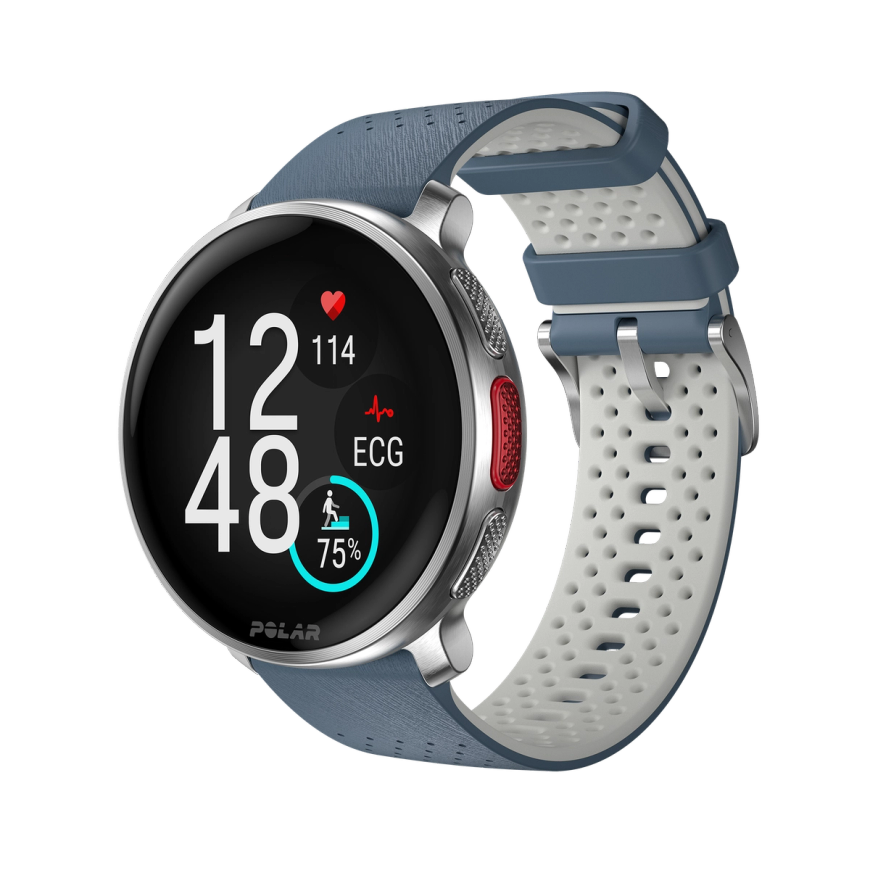
Polar Vantage V3
Premium Multisport Watch
An ensemble of biosensing instruments, AMOLED display, dual-frequency GPS, maps, and the most comprehensive suite of training and recovery tools on the market. The stage is set, and the Polar Vantage V3 smart sports watch is ready to put in the performance of a lifetime.

Polar Grit X2 Pro Titan
Premium Outdoor Watch
Polar Grit X2 Pro Titan is a rough and rugged outdoor sports watch crafted for adventure with sapphire glass AMOLED display in titanium casing, and a hi-tech toolkit of navigation and performance features for exploring the wonders of the world, and the body.

Polar H10
Heart Rate Sensor
When it comes to accuracy and connectivity, Polar H10 heart rate sensor is the go-to choice. Monitor your heart rate with maximum precision and connect your heart rate to a great variety of training devices with Bluetooth® and ANT+.
1975: The Amsterdam Marathon is back
In the 1970s, a running revolution swept the world. What had once been the domain of a few crazy ones was now drawing in everyday people—office workers, students, parents—lacing up their shoes. Before long, a casual jog in the park no longer felt like enough, and the marathon distance emerged as the ultimate personal challenge. Cities across the globe responded to this newfound passion, organizing races that welcomed not just the fastest, but anyone brave enough to take on the distance. Amsterdam was no exception, and the city’s long-dormant marathon tradition was about to be reborn.
In late 1974, Ger van Nesse, alongside Amsterdam-based athletics associations, took the lead in organizing the city’s first official marathon since 1956. The race was set for the following year, perfectly timed to coincide with Amsterdam’s 700th anniversary celebrations.
Preparations moved quickly, and as planned, the first official Amsterdam Marathon took place in 1975, with around 300 runners, both men and women, lining up at the start. Naturally, the course began and ended at the iconic Olympic Stadium. Danish runner Joergen Jensen (2:16:51) and Plonie Scheringa (3:13.38 ) from the Netherlands became the first winners in the men’s and women’s categories respectively.
Both paved the way for a long line of world-class marathoners who have raced and through the streets of Amsterdam. Since its inception, the race has attracted some of the greatest runners in history. The legendary American marathoner Bill Rodgers claimed victory in the third edition, right in the middle of his dominant streak with multiple wins in both the New York and Boston Marathons.
While Dutch women dominated the early years of the race, a Dutch victory in the men's category remained elusive. But when it finally happened in 1980, it was worth the wait—Gerard Nijboer’s triumph wasn’t just a national milestone; it was one of the fastest marathon performances in history at the time. His astonishing time of 2:09:01 not only secured him victory but also stood as the national record for 23 years. Not only that, at the time, it was the second-fastest marathon ever run worldwide, solidifying Amsterdam as a course built for speed.
Since the late 1990s, Kenyan and Ethiopian runners have dominated the Amsterdam Marathon. In 2004, one of the sport’s all-time greats, Ethiopia’s Haile Gebrselassie, claimed victory in Amsterdam—his first of many major marathon wins
More recently, Ethiopia’s Tamirat Tola has etched his name into the race’s history books. The current Olympic and World champion shattered the course record with a remarkable time of 2:03:39—his personal best—further establishing Amsterdam as one of the fastest marathons in the world. Another Ethiopian runner, Almaz Ayana, holds the women's course record with a time of 2:17:20—nearly an hour faster than the winning time of the first female champion in 1975.
Enjoying this article? Subscribe to Polar Journal and get notified when a new Polar Journal issue is out.
Subscribe
Amsterdam: 50 years of running
This year, the Amsterdam Marathon marks its 50th anniversary, firmly established as one of Europe’s premier marathons. Fittingly, the milestone coincides with the city’s 750th anniversary, making it a celebration of both sporting and cultural heritage. For the 50th edition of the TCS Amsterdam Marathon, an estimated 50,000 participants from 121 nations will take to the streets over the anniversary weekend. The festivities will kick off with a 7.5 km race on Saturday, followed by the half marathon and the main event—the full marathon—on Sunday.
Today’s runners have the chance to retrace and experience the same electric atmosphere that has surrounded the Amsterdam marathon for 50 years. Starting inside the legendary Olympic Stadium, just like the marathoners of 1928, they take off on a route that showcases the very best of the city. As it’s tradition, they’ll start at the Olympic Stadium, glide alongside Amsterdam’s famous canals, and push through the final stretch across Vondelpark.
And then comes the big moment—the final dash back into the Olympic Stadium, when the cheers grow louder and the finish line comes into view. As each runner crosses the line, another chapter in Amsterdam’s marathon legacy is written.
The 50th edition of the Amsterdam Marathon will take place on October 19, and once again, Polar will be one of the main sponsors. The event is sold out, but we’ll soon share how you can still secure a bib. Sign up for our newsletter and follow us on Instagram to stay updated!
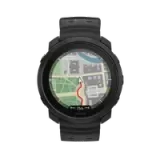 Polar Vantage M3
Polar Vantage M3
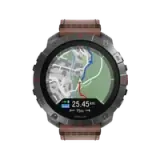 Polar Grit X2 Pro Titan
Polar Grit X2 Pro Titan
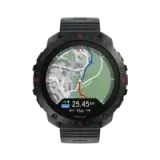 Polar Grit X2 Pro
Polar Grit X2 Pro
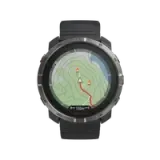 Polar Grit X2
New
Polar Grit X2
New
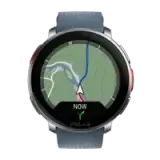 Polar Vantage V3
Polar Vantage V3
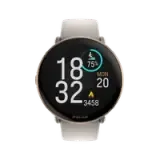 Polar Ignite 3
Polar Ignite 3
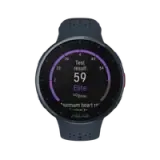 Polar Pacer Pro
Polar Pacer Pro
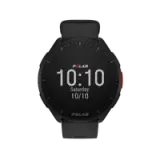 Polar Pacer
Polar Pacer
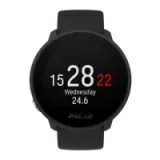 Polar Unite
Grit X Series
Vantage Series
Pacer Series
Ignite Series
Polar Unite
Grit X Series
Vantage Series
Pacer Series
Ignite Series
